Exposure to snakes and insects can cause a variety of health problems. Awareness of the hazards and controls of exposure to these creatures is important. In this blog post, we will discuss the dangers of exposure to snakes and insects and the measures that can be taken to protect yourself from them.
One of the dangers of exposure to snakes and insects is that they can transmit diseases. Snakes and insects can carry a variety of pathogens, including bacteria, viruses, and parasites. These pathogens can cause serious illnesses in humans, such as respiratory infections, fevers, and gastrointestinal illnesses. In some cases, exposure to snakes and insects can even lead to death.
Snakes And Insects Hazards and Controls Measures
Snakes and insects can pose hazards in various environments, including outdoor areas, workplaces, and homes. Here are some common hazards associated with snakes and insects and measures to control and mitigate those risks:
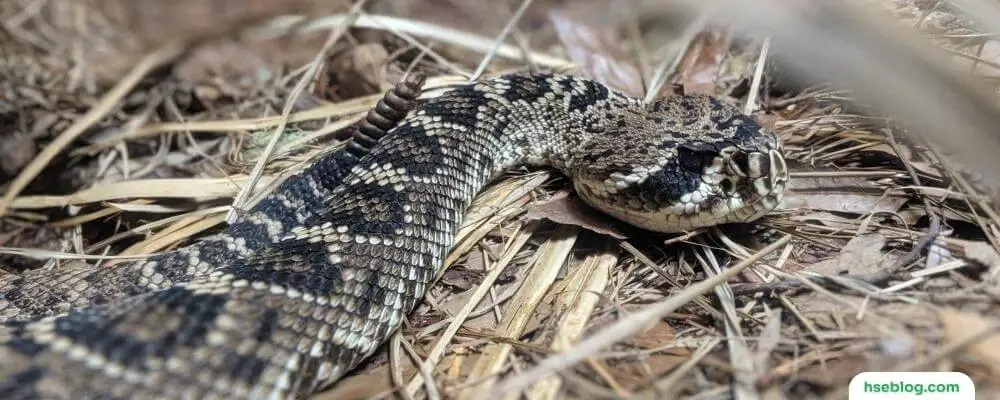
1. Venomous Snakes
Venomous snakes in the United States include rattlesnakes, copperheads, cottonmouths/water moccasins, and coral snakes. Although rare, some workers with a severe allergy to snake venom may be at risk of death if bitten. It has been estimated that 7,000–8,000 people per year receive venomous bites in the United States, and about 5 die.
Employers must train their workers about their risk of exposure to venomous snakes, how to prevent and protect themselves from snake bites, and what to do if they are bitten.
Watch where you place your hands and feet when removing debris. Don’t place your fingers under the debris you are moving, and wear heavy gloves.
- If you see a snake, step back and allow it to proceed.
- Wear boots at least 10 inches high.
- Watch for snakes sunning on fallen trees, limbs, or other debris.
- A snake’s striking distance is about 1/2 the total length of the snake.
- If bitten, note the color and shape of the snake’s head to help with treatment.
- Keep bite victims still and calm to slow the spread of venom in case the snake is poisonous. Seek medical attention as soon as possible.
- Do not cut the wound or attempt to suck out the venom. Apply first aid: lay the person down so that the bite is below the level of the heart, and cover the bite with a clean, dry dressing.
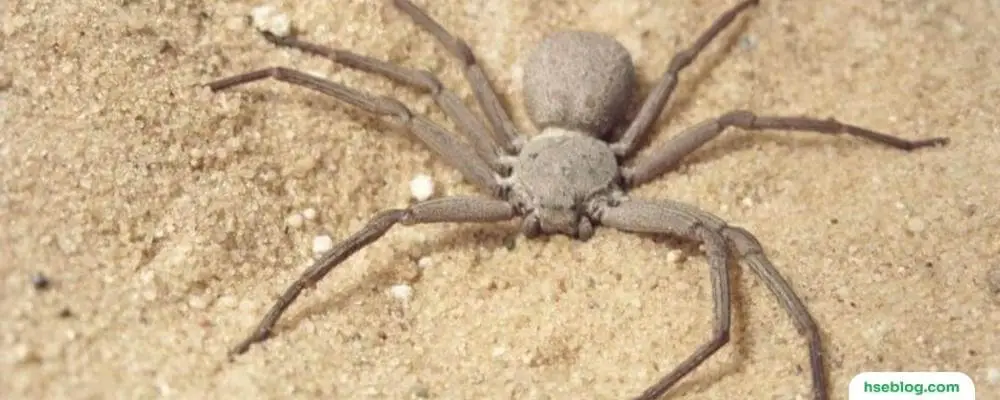
2. Venomous Spiders
Venomous spiders in the United States include the black widow and the brown recluse. These spiders can be dangerous to construction workers. These spiders occasionally find their way inside structures or buildings, posing a risk to indoor workers.
- Black Widow: Black widow spiders are found throughout North America but are most common in the southern and western areas of the United States. They are identified by a red-colored hourglass mark on the underside (females) or on top (males). Only females are poisonous, injecting a neurotoxic venom 15 times more potent than rattlesnakes. Though venomous, the quantity of poison is so minute that death is rare, though the bite is painful.
- Brown Recluse: The brown recluse spider, or the violin spider, is most commonly found in the Midwestern and Southern states. It is brown with a characteristic dark violin-shaped (or fiddle-shaped) marking on its head and has six equal-sized eyes (most spiders have eight eyes). Sometimes a bite from a brown recluse spider can go unnoticed or feel as slight as a pinprick. Usually, after 2–8 hours, severe pain, erythema, and localized tissue necrosis (death) ensue due to the venom’s proteolytic enzymes.
Workers can take the following steps to prevent being bitten by venomous spiders:
- Inspect any clothing, shoes, towels, or equipment before use.
- Wear protective clothing such as a long-sleeved shirt and long pants, hat, gloves, and boots when handling stacked or undisturbed piles of materials.
- Minimize the empty spaces between stacked materials.
- Remove and reduce debris and rubble from around the outdoor work areas.
- Trim or eliminate tall grasses from around outdoor work areas.
- Store apparel and outdoor equipment in tightly closed plastic bags.
- Keep your tetanus boosters up-to-date (every 10 years). Spider bites can become infected with tetanus spores.
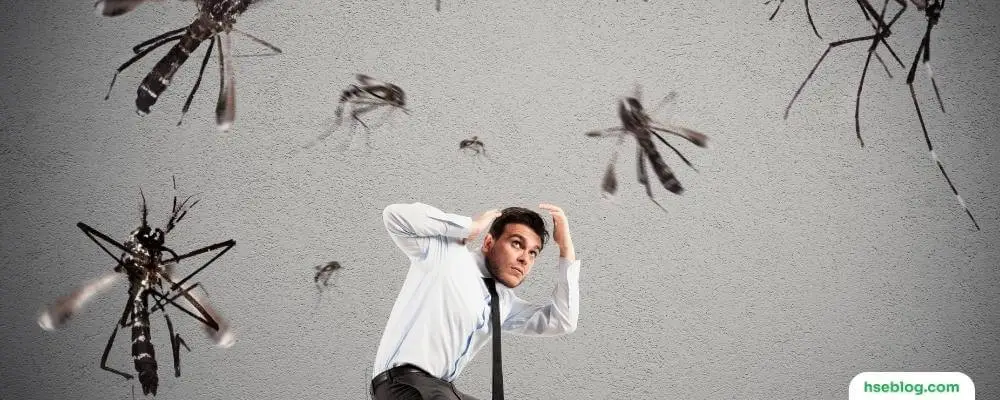
3. Stinging Insects
Stinging or biting insects or scorpions can be hazardous to outdoor workers. Stinging or biting insects include bees, wasps, hornets, and fire ants.
The health effects of stinging or biting insects or scorpions range from mild discomfort or pain to a lethal reaction for those workers allergic to the insect’s venom. Anaphylactic shock is the body’s severe allergic reaction to a bite or sting and requires immediate emergency care.
To mitigate the risk posed by stinging or biting insects, several control measures can be implemented:
- Wear Protective Clothing: Workers should wear clothing that covers as much of the body as possible, such as long-sleeved shirts, long pants, boots, and gloves.
- Avoid Attractants: Workers should avoid using perfumed soaps, shampoos, and deodorants and not wear cologne or perfume. Certain foods and fragrances can attract insects.
- Keep Work Areas Clean: Areas with discarded food can attract certain types of insects. Regularly cleaning these areas can help to deter insects.
- Training: Workers should be trained to react if insects fly around them. Quick movements or swatting at the insect can provoke it to sting.
- EpiPen: Workers with known severe allergies to insect bites or stings should consider carrying an epinephrine auto-injector (EpiPen) and wearing a medical identification bracelet or necklace stating their allergy.
- Insect Repellents: Use insect repellents as an additional protective measure.
- Emergency Plans: Have a well-defined plan in case of severe allergic reactions, including immediate access to medical care.
- Professional Pest Control: Professional pest control may be necessary if a workplace has a significant issue with stinging insects.
Remember, the best way to deal with a sting is to prevent it from happening in the first place. Awareness of one’s environment and taking the necessary precautions can significantly reduce the risk of being stung.
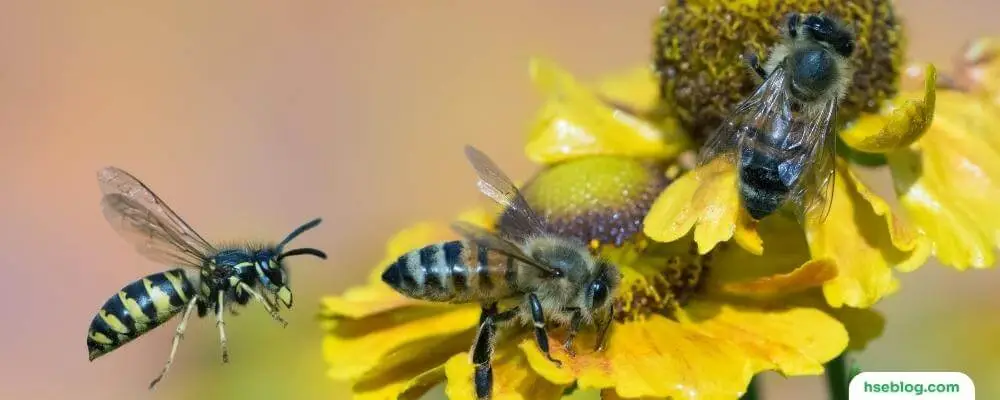
4. Bees and Wasps
Bees and wasps (paper, yellow jackets, and hornets) are most abundant in the warmer months. Wasps can be generally distinguished from bees by their lack of body hair and thinner, elongated bodies. Nests and hives may be found in trees, under roof eaves, or on equipment such as ladders.
Workers should take the following steps to prevent insect stings:
- Wear light-colored, smooth-finished clothing.
- Avoid perfumed soaps, shampoos, and deodorants; don’t wear cologne or perfume.
- Avoid bananas and banana-scented toiletries.
- Wear clean clothing and bathe daily. (Sweat may anger bees.)
- Wear clothing to cover as much of the body as possible.
- Avoid flowering plants when possible.
- Keep work areas clean. Social wasps thrive in places where humans discard food.
- Remain calm and still if a single stinging insect is flying around. (Swatting at an insect may cause it to sting.)
- If you are attacked by several stinging insects at once, run away from them. (Bees release a chemical when they sting, which may attract other bees.)
- If a bee enters your vehicle, stop the car slowly, and open all the windows.
- Workers with a history of severe allergic reactions to insect bites or stings should consider carrying an epinephrine auto-injector (EpiPen). They should wear a medical identification bracelet or necklace stating their allergy.
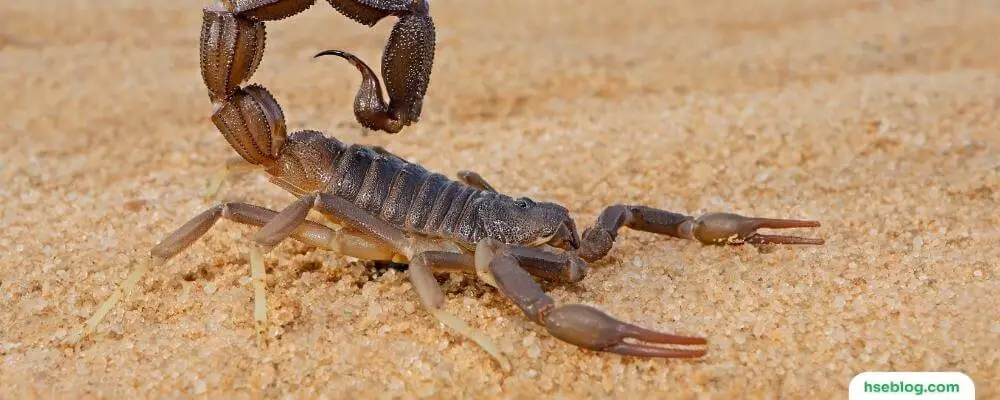
5. Scorpions
Scorpions usually hide during the day and are active at night. They may hide under rocks, wood, or anything else lying on the ground. Some species may also burrow into the ground.
Most scorpions live in dry, desert areas. However, some species can be found in grasslands, forests, and caves.
Symptoms of a scorpion sting may include:
- Stinging or burning sensation at the injection site (very little swelling or inflammation)
- Positive “tap test” (i.e., extreme pain when the sting site is tapped with a finger)
- Restlessness
- Convulsions
- Unusual eye movement
- Staggering gait
- Thick tongue sensation
- Slurred speech
- Drooling
- Muscle twitches
- Abdominal pain and cramps
- Respiratory depression
Workers should take the following steps to prevent scorpion stings:
- Wear long sleeves and pants.
- Wear leather gloves.
- Shake out clothing or shoes before putting them on.
- Workers with a history of severe allergic reactions to insect bites or stings should consider carrying an epinephrine auto-injector (EpiPen) and wearing a medical identification bracelet or necklace stating their allergy.
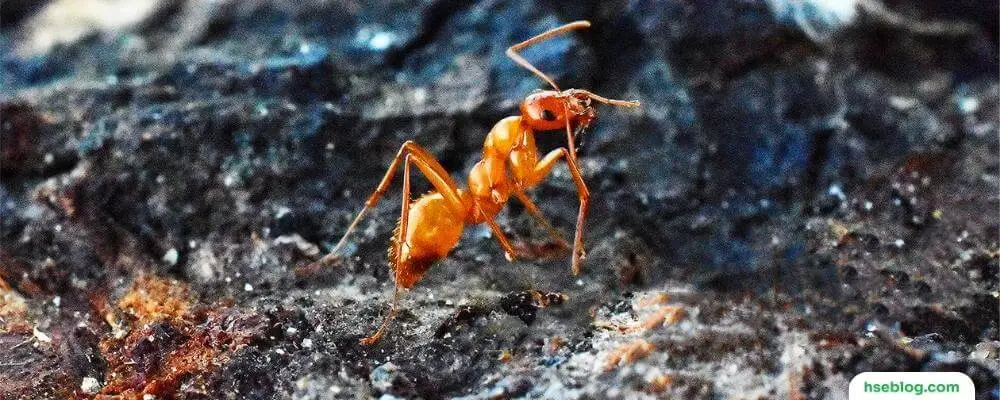
6. Fire Ants
Imported fire ants first came to the United States around 1930. There are five times more ants per acre in the United States than in their native South America. The fire ants that came to the United States escaped their natural enemies and thrived in the southern landscape.
Fire ants bite and sting. They are aggressive when stinging and injecting venom, which causes a burning sensation. Red bumps form at the sting; within a day or two, they become white fluid-filled pustules.
Workers should take the following steps to prevent fire ant stings and bites:
- Do not disturb or stand on or near ant mounds.
- Be careful when lifting items (including animal carcasses) off the ground, as they may be covered in ants.
- Fire ants may also be found on trees or in water, so always look over the area before starting to work.
As a concluding note, it is crucial to remember that awareness is the first step in dealing with any potential hazard. Workers must be trained and aware of the risks involved when working in environments where they may come into contact with snakes or insects. Personal protective equipment, such as gloves, boots, long-sleeved shirts, and pants, can protect against these hazards.
Additionally, all workers should understand first-aid measures if a co-worker is bitten or stung. In an incident, promptly seeking medical attention can significantly affect the outcome.
While snakes and insects can indeed pose hazards, the implementation of the right control measures can go a long way in reducing the risks associated with them. From simple actions like avoiding disturbing natural habitats to more specific precautions like storing equipment in tightly closed bags, these control measures can greatly mitigate the risks and keep workers safe.
And remember, it’s not just about personal safety but also about maintaining a respectful relationship with nature and its inhabitants. We all have a part to play in preserving biodiversity, including the harmless and dangerous creatures with whom we share this planet.

